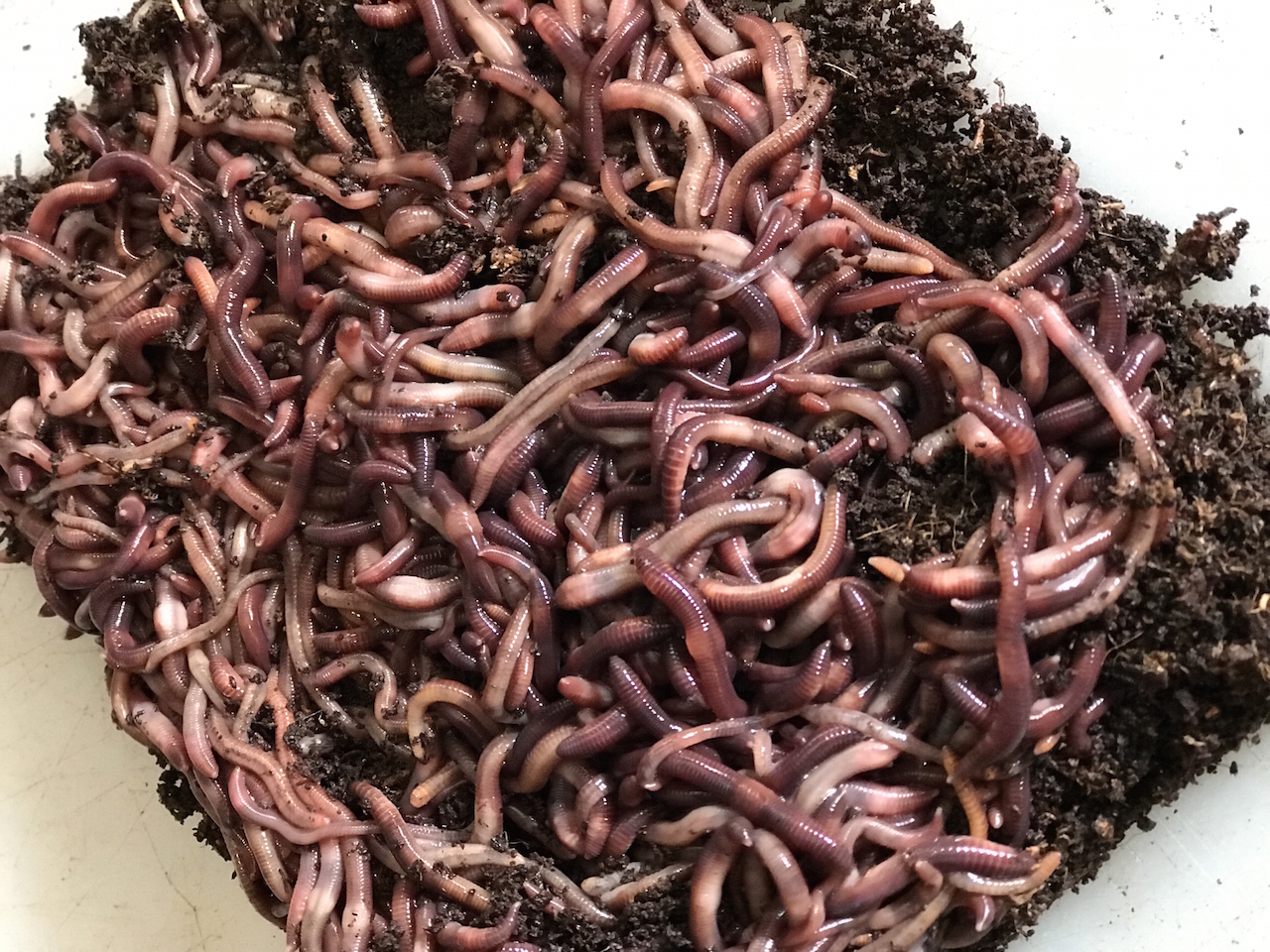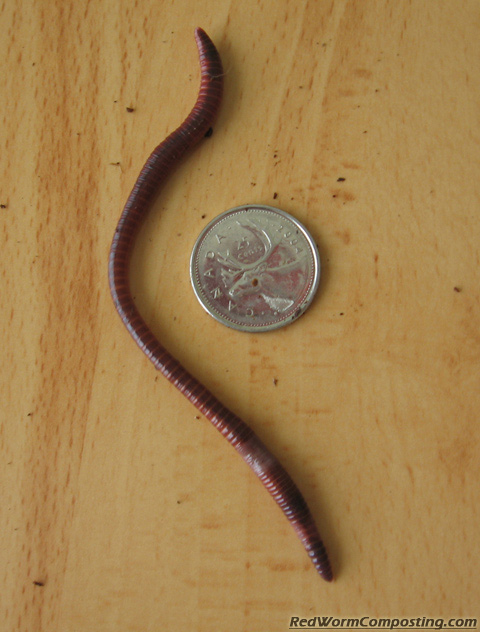Lake Hickory Bait: Providing Reliable Bait for Anglers Near and Far
Lake Hickory Bait: Providing Reliable Bait for Anglers Near and Far
Blog Article
Red Wigglers: The Unsung Heroes of Organic Waste Recycling
Red wigglers, or Eisenia fetida, serve as vital agents in the organic waste reusing procedure, changing thrown out materials right into useful vermicompost. As the world progressively seeks services to fight waste buildup and enhance farming productivity, recognizing the function of these worms becomes important.
What Are Red Wigglers?
The remarkable strength of red wigglers, medically called Eisenia fetida, highlights their critical duty in organic waste recycling. These small, reddish-brown earthworms are typically discovered in decomposing raw material, such as compost heap and manure lots. Lake Hickory Bait. Unlike various other earthworm species, red wigglers grow in nutrient-rich environments and are extremely effective at damaging down organic materials, making them important for vermicomposting

(Red Wiggler Express)Along with their duty in waste decrease, red wigglers add to dirt health by enhancing soil structure and aeration with their tunneling tasks (Lake Hickory Bait). Their presence in composting systems not only improves decomposition prices however likewise advertises a lasting method to waste administration, illustrating their value in environmental conservation efforts
Advantages of Composting With Worms
Composting with worms, particularly red wigglers, uses numerous benefits that enhance both waste monitoring and soil health and wellness. These worms effectively damage down organic waste, converting it right into nutrient-rich vermicompost that enhances dirt. This process accelerates disintegration, permitting a faster recycling of kitchen area scraps and other organic products compared to conventional composting techniques.
In addition, the vermicompost created by red wigglers is brimming with valuable microbes, which help boost soil structure, oygenation, and dampness retention. This improves the overall wellness of plants, advertising strenuous growth and enhanced yields in gardens and farming setups. The use of worms in composting decreases the production of greenhouse gases, such as methane, contributing to a much more sustainable waste monitoring system.

Exactly How to Beginning Vermicomposting
Establishing a vermicomposting system is an uncomplicated process that can generate considerable benefits for both waste monitoring and soil enrichment. To start, choose a suitable check my reference container, such as a plastic container or wood box, with appropriate air flow openings to ensure proper air movement. The measurements must preferably be about 2 feet by 3 feet, enabling ample space for the worms to thrive.
Next, prepare bedding product, which can contain shredded paper, cardboard, or coconut coir. This bed linen must be moistened to create a suitable habitat for the worms. As soon as the bed linens is in place, introduce red wigglers (Eisenia fetida) into the container, normally around one pound of worms for every single square foot of area.
Complying with the positioning of worms, add organic waste, such as fruit and vegetable scraps, coffee premises, and crushed eggshells. With these actions, you will properly start a vermicomposting system that adds to lasting waste monitoring and enhances your dirt.
Preserving a Healthy And Balanced Worm Bin
(Lake Rhodhiss Bait)Keeping a worm container prospering requires routine attention and like make sure the health and wellness of the red wigglers and the efficiency of the composting process. Proper maintenance starts with keeping track of the dampness levels; the container should be wet however not saturated. A great guideline is to maintain a consistency similar to a wrung-out sponge.
Oygenation is crucial also. Gently blending the bed linens and food scraps every couple of weeks protects against compaction and guarantees that all worms have access to oxygen. Additionally, it is necessary to feed the worms appropriately. A balanced diet plan of vegetables and fruit scraps, coffee grounds, and crushed eggshells need to be supplied in moderation to stay clear of overfeeding, which can cause odors and insects.
If the bin becomes as well warm or cold, the worms may end up being stressed. By vigilantly managing these factors, one can maintain a durable and effective worm container.
Influence On Sustainable Living
The effective maintenance of a worm bin not just benefits the health and wellness of red wigglers yet likewise contributes considerably to sustainable living practices. By recycling organic waste, such as kitchen area scraps and yard particles, red wigglers aid draw away substantial amounts of material from landfills. This decrease in waste not just lowers greenhouse gas emissions but likewise minimizes the ecological burden linked with waste administration.
Furthermore, the castings generated by red wigglers act as a nutrient-rich natural fertilizer, boosting dirt wellness and promoting plant growth. This all-natural choice to chemical fertilizers supports sustainable farming and gardening practices, decreasing dependence on synthetic inputs that can damage ecosystems. Additionally, worm composting fosters awareness of waste management, encouraging people and areas to adopt even more lasting routines.

Final Thought
In recap, red wigglers serve as important factors to organic waste reusing via their reliable disintegration of natural materials. By integrating vermicomposting into waste monitoring approaches, people and neighborhoods can considerably decrease waste while promoting environmental sustainability.
Report this page